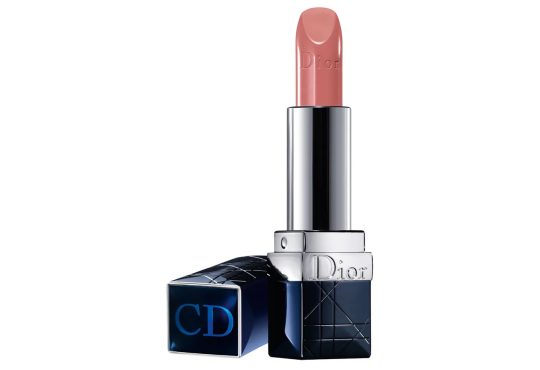
Exploring Creativity in Design
Design is more than just aesthetics; it’s a reflection of creativity in action, a harmonious blend of form and function that captures the imagination and inspires awe. From the sleek lines of modern architecture to the intricate patterns of textile design, creativity is the driving force behind every masterpiece. In this article, we embark on a journey to unravel the mysteries of creativity in design, delving into its essence, exploring its manifestations, and uncovering the secrets to unleashing its full potential.
Where Art Meets Functionality
At its core, creativity in design is about marrying artistic expression with practical utility, transcending mere functionality to evoke emotion and provoke thought. It’s about infusing every element with meaning and purpose, from the colors and textures to the layout and typography. Whether it’s the minimalist elegance of Scandinavian furniture or the playful whimsy of children’s book illustrations, creativity in design elevates the mundane to the extraordinary, transforming everyday objects and spaces into works of art.
The Ultimate Muse
Nature has long served as a boundless source of inspiration for designers, offering a treasure trove of shapes, colors, and patterns to draw upon. From the fractal geometry of snowflakes to the iridescent hues of butterfly wings, the beauty of the natural world abounds with endless possibilities for creative exploration. By observing and emulating nature’s designs, designers can infuse their creations with a sense of organic beauty and timeless elegance, creating harmonious compositions that resonate with the soul.
Fueling Innovation through Limitation
Contrary to popular belief, constraints are not obstacles to creativity but rather catalysts for innovation. Whether it’s budget limitations, space restrictions, or technological constraints, embracing limitations forces designers to think outside the box and find creative solutions to complex problems. Constraints breed ingenuity, sparking new ideas and pushing designers to explore uncharted territories in pursuit of their vision. By embracing constraints, designers can unleash their full creative potential and unlock new realms of possibility.
Crafting Narratives through Design
At its heart, design is a form of storytelling, a means of communicating ideas, emotions, and experiences through visual language. Whether it’s the narrative arc of a brand identity or the immersive world-building of a video game, storytelling lies at the heart of every successful design. By weaving compelling narratives into their creations, designers can captivate audiences, evoke emotional responses, and forge deep connections that transcend the boundaries of time and space. Through the power of storytelling, design becomes not just a tool for communication but a medium for transformation.
Pushing the Boundaries of Possibility
Creativity thrives on experimentation, on pushing the boundaries of what’s possible and daring to defy convention. Whether it’s experimenting with new materials, techniques, or technologies, designers are constantly pushing the envelope in search of innovative solutions and groundbreaking ideas. From the avant-garde creations of fashion designers to the cutting-edge innovations of product designers, experimentation is the lifeblood of creativity in design, fueling progress and driving change in the ever-evolving landscape of design.
Finding Harmony in Design
One of the greatest challenges in design is striking the delicate balance between form and function, between aesthetics and usability. While creativity gives rise to bold and imaginative ideas, it’s essential that these ideas remain grounded in practicality and functionality. A beautifully designed object that fails to serve its intended purpose is ultimately a failure in design. By finding harmony between form and function, designers can create designs that not only inspire admiration but also enhance the lives of those who interact with them.
Fostering Creativity through Connection
Creativity thrives in an environment of collaboration and community, where ideas can be freely shared, nurtured, and refined. Whether it’s collaborating with fellow designers, seeking feedback from clients, or engaging with the broader design community, collaboration fosters a culture of creativity and innovation. By pooling their talents and resources, designers can amplify their impact and create transformative experiences that resonate far beyond the confines of their individual endeavors.
Design’s Endless Frontier of Possibility
In conclusion, creativity lies at the heart of design, infusing every aspect with passion, imagination, and ingenuity. By drawing inspiration from nature, embracing constraints, harnessing the power of storytelling, experimenting with new ideas, balancing form and function, and fostering collaboration and community, designers can unlock the full potential of their creativity and create designs that inspire, delight, and endure. So let us embark on this journey of exploration, dear reader, and uncover the magic that lies at the intersection of creativity and design.



